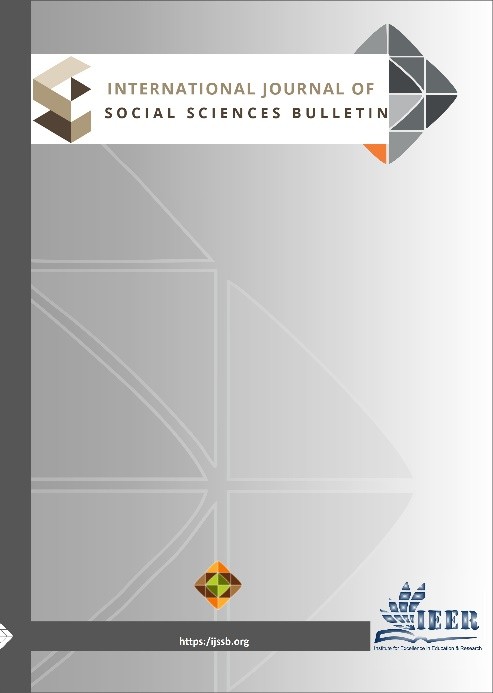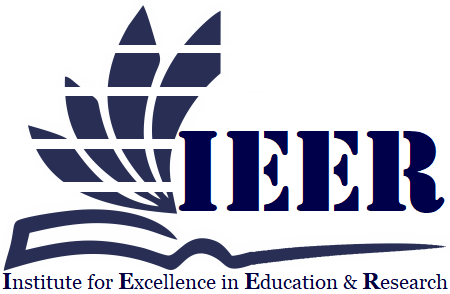ENHANCING CLIMATE RESILIENCE THROUGH COST-EFFECTIVENESS AND VALUE-FOR-MONEY (VFM) APPROACHES IN THE IMPLEMENTATION OF EARTHEN GABION WALL/PROTECTION BUND IN GILGIT-BALTISTAN
Keywords:
VFM Analysis, Cost effectiveness 4Es, Gabion bund WRAP intervention, NbSAbstract
This research evaluates the cost-effectiveness and Value for Money (VFM) through earthen gabion wall/protection bund in the Kharko Valley, Gilgit-Baltistan to enhance climate resilience. Conducted under WWF’s “Water Resource Accountability in Pakistan” (WRAP) project, with support from the UK Government’s FCDO, the study promotes Nature-based Solutions (NbS) for improved water security and Integrated Water Resource Management. Analysis confirms that the gabion bund intervention not only met its objectives but provide effective and economical, supporting climate resilience and sustainable water management through low-cost, community-driven efforts. Notwithstanding this, the research found several critical limitations, including the requirement for trained personnel, necessity for regular maintenance, difficulty in acquisition of materials in remote locations, short-term environmental disruption during construction, and low incentives and poor awareness resulting in low degrees of participation among the community. In view of these limitations, the intervention is a cost-effective, effective, and inclusive solution. The research suggests that in order to maximize its effectiveness, it is imperative to involve the community throughout the course of the project, develop local labor, reinforce bunding with other basin management techniques, prioritize vulnerable sections of the community, and use simple tools to monitor the effectiveness of erosion control, water retention, and livelihood enhancement.
Downloads
Published
Issue
Section
License

This work is licensed under a Creative Commons Attribution-NonCommercial-NoDerivatives 4.0 International License.

















